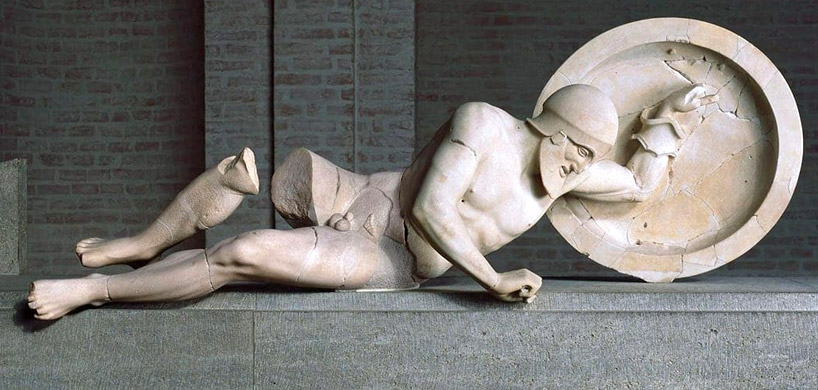The Archaic period refers to the span of time from 650 to 500 BCE. During this period, Greek sculptors began to create monumental sculptures out of marble. During classical antiquity, the sculptors of Greece learned bronze-casting and stone carving from the Egyptians and Syrians. The most important sculptures in Greece during this period had a religious character.
They were created especially for temples and were usually dedicated to a single religious figure. Almost all the divine statues were made using a variety of sizes and materials. They were created in the likeness of humans, sacred animals, and other objects. Many of the statues stood inside and outside the temples.
The Archaic period
Maritime trade connections and commercial contacts between Greece and the Middle East were renewed during the Archaic period. This inspired the sculptors from Greece to start working on monumental sculptures of marble. It was during this era that the Greeks worked on stone for public buildings.
Three orders of architecture were developed around this time. They were the Doric, the Ionic, and the Corinthian. Some common characteristics can be noticed between these three orders of architecture. They were the use of columns, base, entablature with Architrave frieze, shaft, cornice, and capital.
It was during the Archaic period that the Greek stone temple began to include a lot of architectural sculptures. The temples had reliefs and friezes on their pediments and metopes. Besides, they had all kinds of statues.
Characteristics of sculpture during the Greek Archaic period
Sculptors in Greece created friezes, reliefs, and statues of different sizes during the Archaic period. They were made mostly with stone, wood, and terracotta. The Greek sculptors also created miniature sculptures made out of bone, ivory, and metal. The free-standing figures of this era have the frontal stance and solid mass quite similar to Egyptian models.
However, the Greek free-standing figures have more dynamic forms. The best example here would be the ‘Torso of Hera’, which is displayed in the Louvre. The three common statues from the year 620 BCE were ‘kouros’, ‘kore’, and the seated woman. The kouros remained popular until the year 460 BCE. These statues mostly had the characteristics of Egyptian statues.
They had similar shapes and postures. With time, the appreciation of human anatomy in Greek sculpture improved. The kouros and kore became more true-to-life and appeared less artificial. The Egyptian sculptors still adhered strictly to the design standards laid down by their cultural authorities.
The features of male and female figures
The Greek sculptures during the Archaic period also portrayed local heroes or the gods. It was their belief that the human body was of great importance for an artist. They made no distinction between the sacred and the secular while giving their gods a human form. The plural of ‘kouros’ was ‘kouroi’. The kouroi represented nude, male figures.
The female statues were called ‘kore’ and the plural form of this word was ‘korai’. The female statue was considered less important in those times. They were shown draped and the Archaic Greek sculptors mostly focused on the pattern of drapery. Ionian sculptors depicted the folds of the loosely draped dress and overmantle. Most of the korai were votive sculptures and stood in sanctuaries as dedications.


